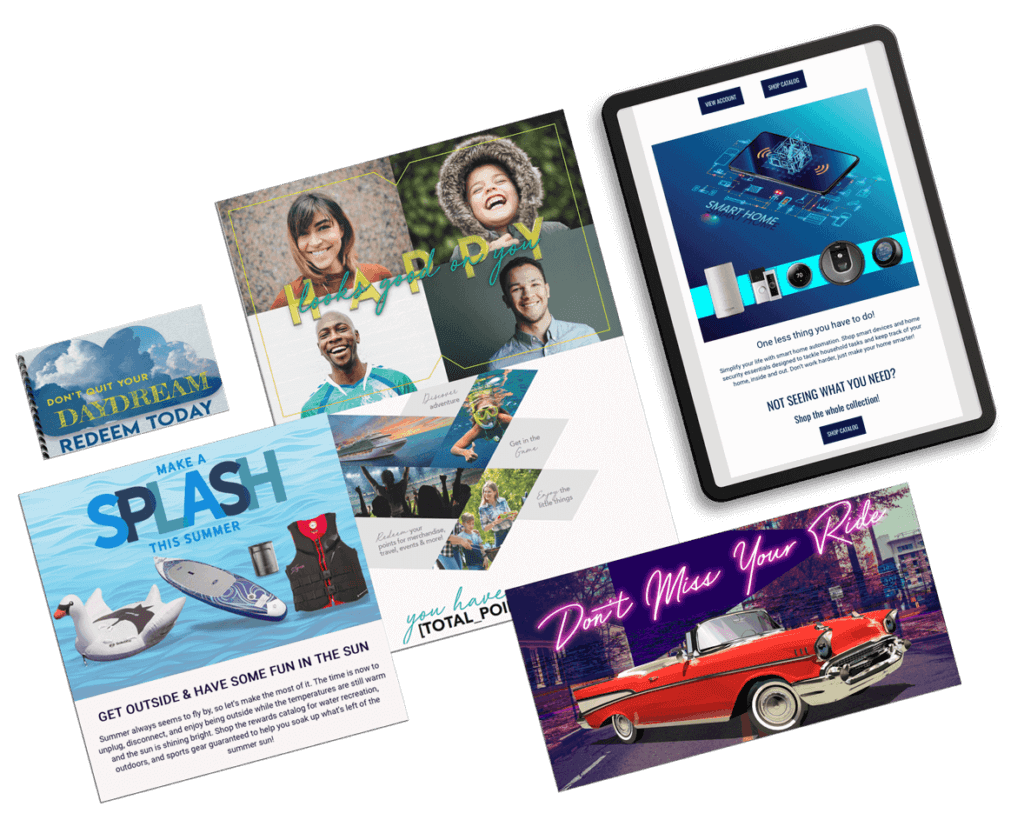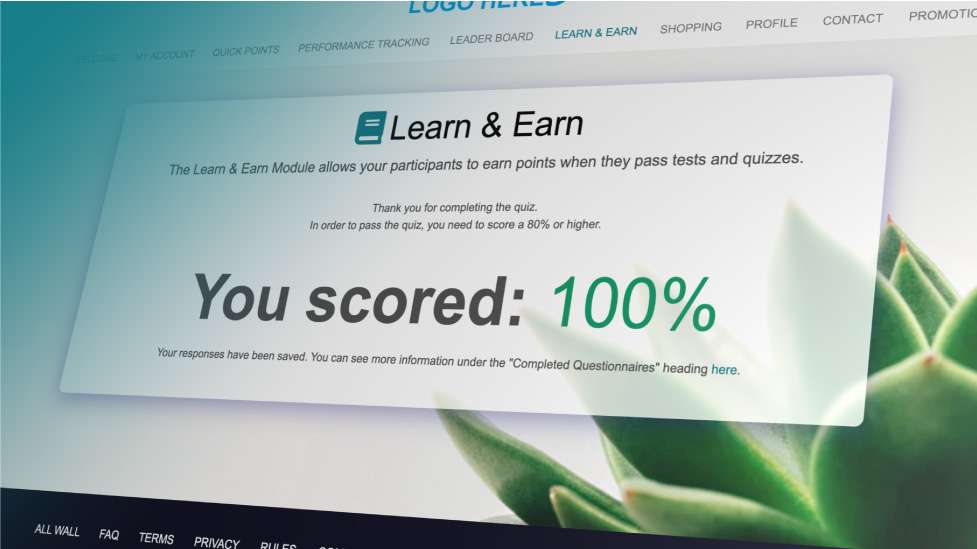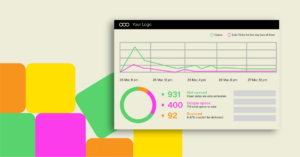No two effective incentive plans are the same, just like no two successful companies are the same! The fact that an incentive plan can be your company’s very own secret weapon, tailored to your objectives and goals, is the best thing about it! Use these six incentive planning keys to create a unique incentive program design that drives behaviors that help you increase revenue.
1. A Specific Goal
First thing’s first: your incentive plan should begin with a singular, specific goal. You can later use various incentive technology and tools to expand the program—even tackling multiple goals at the same time—but it’s wisest to stay highly targeted in the beginning.
When setting your goals, gather input from multiple sales and marketing sources to determine your most pressing needs. Consider your company size, market position and maturity. Ask questions such as:
- Are we an established leader in our industry who needs to secure high customer retention rates or prevent customer attrition?
- Do we need to spread awareness and education about a new product line?
- Are we trying to get a new initiative off the ground?
- Do we need a short-term sales boost or a long-term plan for incremental sales increase?
An incentive plan can help with all these things. When you’ve chosen a goal, set specific goal numbers to hit within a specific time frame. The more exact you can be, the better. Along with the goal, you should identify which key performance indicators (KPIs) you should measure in order to determine whether you’re on track to reach your goal.
2. A Strategically Selected Audience
When you’ve selected a specific goal, you should determine which group of people has the most influence over that goal’s success. Once you’ve done this, congratulations! You’ve just found the audience for your incentive or loyalty program.
If you’re looking to increase customer loyalty, for example, you’ll want to target your end-users as effectively as possible. The most effective means may not be the most obvious or direct. Your end-users may have better relationships with your contractors or dealers, for example, than they do with you. The psychological law of exposure indicates that familiarity breeds affinity, so don’t ignore the encounters and routines that have been established with your end-users. you may want to target your channel partners with your loyalty program.
Just like with your incentive plan goals, your audience can expand and change. The longer you run an incentive program, the more you’ll learn about which tactics are most effective and which groups of people have the greatest potential to influence your sales and marketing success.
3. Cost-Effective Budgeting
Unlike many business software solutions that require set yearly and/or monthly costs, incentive plans have some flexibility in terms of cost and budgeting. Here are some ways you can take a strategic, cost-effective approach to incentive program budgeting:
Select rewards wisely.
The three main types of incentive rewards each have different strengths that are maximized in different scenarios. Want to run short-term sales promotions? Debit or gift card rewards are likely your best bet. For long-term sales or customer growth, a reward points program is typically ideal. Learn more about your reward options and which ones are most suitable to your goals.
Ask about your billing model options.
Some incentive companies offer options when it comes to paying for reward points. Incentive Solutions, for example, provides multiple billing models. In a “redemption” billing model, program sponsors pay for reward points only when their participants redeem the points for items. In an “issuance” model, the sponsor pays for reward points when they’re issued to participants. This flexibility helps you adjust incentive plan costs according to Accounting’s preferences and your budgetary needs.
Share the budget between departments or organizations.
Particularly if you sell through a distribution channel, your business isn’t the only one that gains from increased customer loyalty or sales. Propose a joint incentive program budget paid for through MDFs or company co-ops, sharing both costs and gains with your business partners.
Additionally, an incentive program is both a sales and a marketing asset. It makes sense to share its costs between both departments.
Determine which services are best suited to outsourcing vs in-house management.
Incentive program providers range from reward catalog suppliers to full ranges of incentive services. If you want to run the incentive program completely in-house, you might need to hire an incentive program manager or pull an in-house team off of other projects to manage the program.
Outsourcing incentive services such as reward fulfillment, participant support, communication/marketing, or program analysis and measurement could save money in the long-run. Incentive service providers often have specialized expertise, experience achieving ROI, and a tested success model. Having this knowledge can do wonders for setting your program up for success in the beginning and avoiding unnecessary, long-term costs.
4. Marketing/Communication Plan
Every effective incentive plan is backed by an effective marketing strategy. Just like your goals and your audience, your incentive communication plan should be based on your specific business needs and your unique audience. Here are some qualities your incentive marketing plan should have:
Multichannel Communications
With today’s vast number of communication options, everyone has their own preferred contact method. Your incentive marketing channels should include call campaigns, email, push notifications, texts, incentive program website content, and physical mailers.

Segmentation
You should have the ability to divide your incentive program audience into different groups based on different customer type (for ex., dealers, distributors, or contractors), regions, and sales promotion qualification. This will position your incentive program for greater success and flexibility.
Automation and Scheduling
Automated email campaigns, social media posts, and texts will help you engage your participants along through journey through your incentive program. For instance, you should be able to periodically send participants updates on their reward point balance in order to stimulate activity and reward redemption.
5. Incentive Technology
A strategic incentive plan features incentive technology that makes the program more effective and easier to manage. Today’s incentive technology is diverse and expansive enough to take your program far beyond a simple reward mechanism. You should partner with an incentive provider who offers tools and features as add-on options so you can gradually grow your program as its ROI increases. Here are a few examples:
Training Incentive Software
A training content delivery system or LMS is a great match for incentive software. You can deliver the training that helps grow product knowledge, enable your sales force, and keep channel partners and employees engaged.

Performance Tracking
You should be able to track the performance of your incentive program initiatives in real-time with both visual aids (charts, graphs, etc.) and exportable data that’s available 24/7 at no extra charge. Not only does this provide an easily-accessible, real-time KPI, it also keeps participants engaged and excited about their goals.
Online Sales Claim Uploading
For sales incentive programs, you should have a sales claim uploading tool that allows your channel partners and sales reps to upload invoices, receipts, warranty registration, and other documentation to prove eligibility for rewards.
Claims Verification
In order to run multiple different sales promotions safely and securely, it will help tremendously to have an online claims verification system. This technology can work in conjunction with your claims upload tool to authenticate sales claims based on the parameters and qualifications you set.
6. ROI & Gap Analysis
Lastly, you should have a method of measuring the ROI of your incentive plan and analyzing any “gaps” between actual results and the results you aimed for. Having an incentive provider who offers ROI analysis as part of their incentive service offerings will help you identify both opportunities and missteps in the program’s lifecycle. Some things to consider:
- Which KPIs proved most useful in predicting success? Which ones proved to be inaccurate or irrelevant indicators?
- Along with the incentive program’s primary goal, which ancillary benefits did the program generate? Did the excitement about sales promotions general a sales lift in other product lines? Did you see an increase in traffic website or email engagement rates? Did you earn more customer and sales data to help refine future sales and marketing strategies?
- What tools or features can you use to scale the program’s success? Which tactics may be applicable to other sales promotions or engagement efforts?
With these six keys, you can develop an incentive plan that is positioned from the start to meet specific, well-researched goals. Knowing which tools and software are available to you — and which have the most proven track record of success — will help you determine which incentive strategy will work best for you.
Happy planning!



